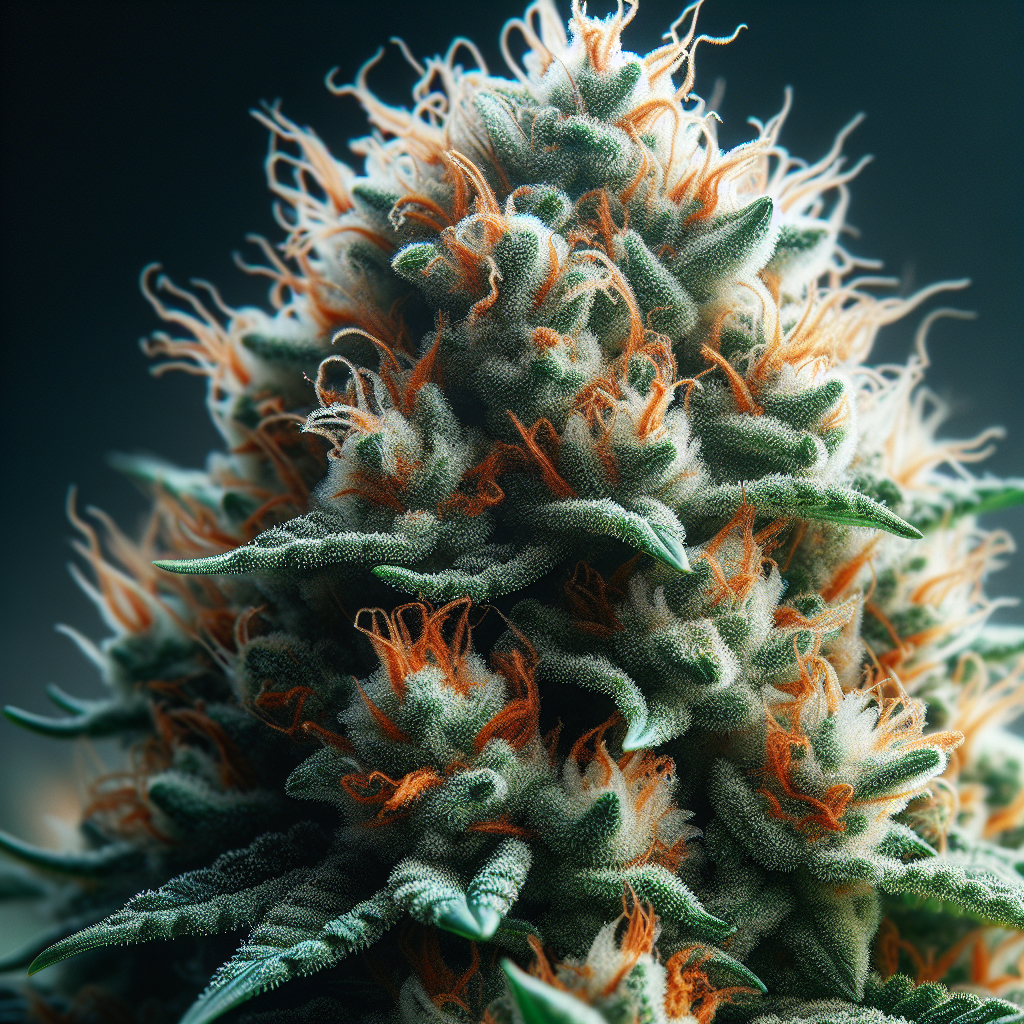Sublingual Cannabis Drops: The Fast-Acting Solution for Quick Relief
In the evolving landscape of cannabis consumption, sublingual drops have emerged as one of the most effective and convenient alternatives for individuals seeking quick relief from various ailments. Offering a blend of fast absorption and discretion, these drops provide a seamless way to access the therapeutic benefits of cannabis. This pillar post will delve into what sublingual cannabis drops are, how they work, their benefits, dosage considerations, and address common questions surrounding their use.
What are Sublingual Cannabis Drops?
Sublingual cannabis drops are liquid tinctures infused with cannabis extracts, typically derived from both marijuana and hemp plants. These drops are designed to be administered under the tongue, facilitating quick absorption into the bloodstream through the mucous membranes. Unlike other forms of cannabis consumption, such as edibles or capsules, sublingual drops bypass the digestive system, offering rapid onset of effects.
Composition of Sublingual Drops
Sublingual cannabis drops often consist of three main components:
- Cannabis Extract: This can be high in THC (tetrahydrocannabinol), CBD (cannabidiol), or a balanced ratio of both, depending on the intended therapeutic effect.
- Carrier Oil: Many tinctures are suspended in a carrier oil, such as MCT oil, hempseed oil, or olive oil, which aids in the absorption of cannabinoids.
- Flavorings and Preservatives: Some brands incorporate flavorings to enhance the taste, while others aim to keep the formulation as natural as possible.
How Do Sublingual Cannabis Drops Work?
The mechanism of action for sublingual drops hinges on the unique properties of the mouth’s mucous membranes. When the drops are placed under the tongue, they dissolve and are quickly absorbed into the bloodstream, allowing cannabinoids to take effect much faster than if they were ingested via traditional methods.
- Mucous Membrane Absorption: The tissues in the mouth are rich in blood vessels, enabling cannabinoids to enter circulation swiftly.
- Avoiding First-Pass Metabolism: Unlike edibles, which need to pass through the digestive tract and liver, sublingual administration allows for direct bloodstream access, resulting in quick action and a more predictable experience.
- Quick Onset of Effects: Users can typically expect to feel the effects within 15-30 minutes, making it an ideal option for those requiring rapid relief from pain, anxiety, or other conditions.
Benefits of Sublingual Cannabis Drops
1. Rapid Relief
One of the primary advantages of sublingual cannabis drops is their rapid onset of effects. When urgency is crucial—be it for acute pain, anxiety, or nausea—sublingual drops serve as a fast-acting option, delivering relief within minutes.
2. Precision Dosing
Sublingual drops come with precise dosing capabilities, allowing users to control their intake of cannabinoids effectively. Most tincture bottles have a dropper, enabling users to measure out specific dosages to match their individual needs.
3. Discreet Consumption
For those who may be uncomfortable consuming cannabis in public, sublingual drops offer a highly discreet method. They can be taken quickly without drawing attention, making them convenient for use in a variety of situations.
4. Versatile Formulation
Sublingual drops come in various formulations, catering to different needs. Users can find products that are high in THC for pain relief or CBD for anxiety and anti-inflammatory effects. Tailoring the cannabinoid ratio to individual needs enhances their utility.
5. Longer Shelf Life
Compared to edibles or perishable forms of cannabis, tinctures can have a longer shelf life, making them an accessible option for regular users without the risk of spoilage.
6. Non-Combustible
For individuals hesitant about smoking or vaping, sublingual drops provide a non-combustible alternative. This method carries no harsh inhalation risks associated with smoking and ensures user safety.
Dosage Considerations
Determining the correct dosage for sublingual cannabis drops can be a trial-and-error process. Factors influencing dosage include individual tolerance, the specific condition being treated, and the desired effects.
General Guidelines for Dosing
- Start Low and Go Slow: It’s advisable for beginners to start with a low dose (around 2.5-5 mg of THC or CBD) and increase gradually based on their response.
- Wait for the Effects: After administering a dose, users should wait 15-30 minutes before considering additional drops to avoid overconsumption.
- Consult a Healthcare Provider: Particularly for those with pre-existing medical conditions or those taking other medications, consulting with a healthcare professional can help determine a safe and effective dosage.
Titration
For individuals seeking specific therapeutic effects, titration—a systematic increase of dosage—can assist in finding the optimal level that yields benefits without adverse effects. Keeping a journal to track doses and effects can be particularly helpful during this process.
Potential Side Effects
While sublingual cannabis drops are generally safe for most users, potential side effects should be noted. Common side effects may include:
- Dry mouth
- Dizziness
- Drowsiness
- Increased heart rate
- Paranoia or anxiety (especially with high doses of THC)
As with any supplement, it is essential to listen to your body and discontinue use if side effects persist.
Who Can Benefit from Sublingual Cannabis Drops?
Sublingual cannabis drops can be beneficial for a wide range of individuals, including:
- Chronic Pain Sufferers: Those managing conditions like arthritis, fibromyalgia, or neuropathic pain may find relief through the analgesic properties of cannabis.
- Individuals with Anxiety Disorders: For those coping with anxiety, the calming effects of CBD or a balanced THC/CBD formulation can provide quick relief during panic attacks or heightened stress.
- Cancer Patients: Patients undergoing treatment may use sublingual drops to combat nausea and stimulate appetite.
- Those with Sleep Disorders: Cannabis can aid in promoting relaxation and improving sleep quality for individuals facing insomnia or other sleep-related issues.
Choosing the Right Sublingual Cannabis Drops
With a plethora of options available in the market, selecting the right sublingual cannabis drops can be challenging. Here are some factors to consider when making a choice:
1. Ingredients
Always look for products with high-quality, natural ingredients. Avoid those containing artificial additives, preservatives, or excessive sugar.
2. Cannabinoid Profile
Determine whether you’re seeking a product high in THC, CBD, or a balanced formulation. Understanding your need will help narrow down options.
3. Third-Party Testing
Choose brands that provide transparency regarding third-party lab testing. This ensures that the product contains the advertised cannabinoid levels and is free from contaminants.
4. Customer Reviews and Reputation
Check reviews and feedback about brands and specific products. A reputable company will have a track record of quality and customer satisfaction.
5. Price Point
While price shouldn’t be the sole factor, it is important to strike a balance between quality and affordability. Sometimes higher-priced products are better in terms of quality and effectiveness.
Frequently Asked Questions (FAQ) About Sublingual Cannabis Drops
1. How long do sublingual cannabis drops take to work?
Sublingual drops typically take effect within 15-30 minutes, depending on individual metabolism and tolerance levels.
2. Can I take sublingual cannabis drops with other medications?
It’s important to consult with a healthcare provider before using sublingual cannabis drops if you are taking other medications, as cannabis can interact with certain drugs.
3. Do sublingual drops have a taste?
Most sublingual drops have a natural taste stemming from the cannabis extract and carrier oils. However, flavored options are also available to mask the taste.
4. How should I store sublingual cannabis drops?
Store them in a cool, dark place away from direct sunlight and heat to maintain potency and extend shelf life.
5. Are sublingual drops safe for children?
While some pediatric centers may incorporate THC or CBD for certain medical conditions, any use of cannabis by children should be strictly supervised by a healthcare professional.
6. Can I overdose on sublingual cannabis drops?
It is possible to experience unpleasant side effects from consuming too much THC, but fatalities from cannabis overdose are extremely rare. Start with low doses and increase cautiously.
7. Is it legal to use cannabis drops?
The legality of cannabis drops varies based on location and the cannabis type used (medical vs. recreational). Always check local laws regarding cannabis usage.
8. Can I use sublingual cannabis drops for pain management?
Yes, many users find sublingual drops effective for managing various types of pain, including chronic and acute pain.
9. What should I do if I experience adverse effects?
If you experience severe side effects, such as excessive anxiety or paranoia, discontinue use immediately and seek medical advice.
10. How can I find the right dosage for me?
Start with a low dose and gradually increase based on effects. Consulting with a healthcare professional can also provide tailored recommendations.
Conclusion
Sublingual cannabis drops offer a practical and effective option for individuals seeking quick relief from a myriad of ailments. With their rapid onset, precision dosing, and discreet usage, these tinctures are carving out a significant niche in the cannabis market. As always, it’s important to be informed and consult with healthcare professionals, especially when integrating cannabis into your wellness routine. Whether you’re new to cannabis or looking for a reliable alternative to traditional methods, sublingual drops may just be the solution for your quick relief needs.





